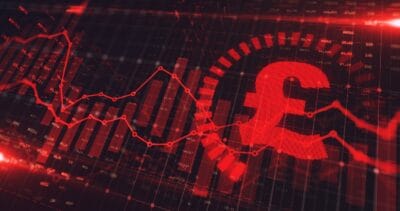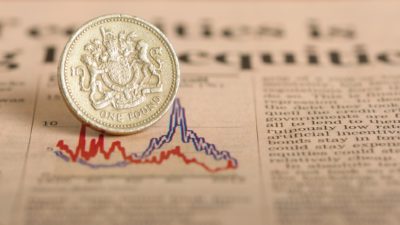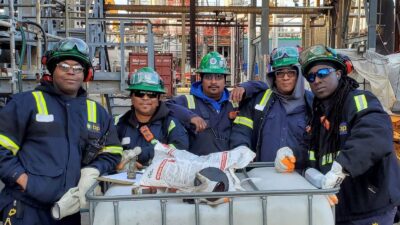As someone looking to generate passive income, I’ve never previously considered Dr. Martens (LSE:DOCS) shares. But after the company released disappointing results for the six months ended 30 September 2023, investors abandoned the stock in spectacular fashion, significantly increasing its yield.
On the eve of the announcement, after a relatively calm day of trading, its shares closed at 114.8p.
However, on 30 November 2023, after the company announced a 58% drop in its earnings per share, compared to last year — and issued a profits warning — it was a different story. At one point, the shares fell to 79.1p (31.1%). By close of business, they had rallied slightly to 90p, but were still down 21.6% on the day.
They have now recovered to around 92p. But it’s been a miserable 24 months for investors, since the company’s IPO in January 2021 when its shares were listed at 370p.
Out of the ashes
Although existing shareholders in the iconic boot manufacturer have taken a bit of a kicking, a potential opportunity arises for new ones.
Assuming the final dividend is maintained, the yield is currently 6.3%. It’s offering a return 50% higher than the average for the FTSE 250.
| Measure | FY22 | FY23 | FY24 |
| Interim dividend (pence) | 1.22 | 1.56 | 1.56 |
| Final dividend (pence) | 4.28 | 4.28 | 4.28 (assumed) |
| Total dividend (pence) | 5.50 | 5.84 | 5.84 |
| Share price (pence) | 239 | 142 | 92 (current) |
| Dividend yield (%) | 2.3 | 4.1 | 6.3 |
But I have my doubts that the company will be able to declare a final payout of 4.28p a share.
Basic maths
With just over 988m shares in issue, a final dividend of this amount is going to cost approximately £42m. That’s almost the same as the company’s bank balance at 30 September 2023 (£46m).
The company expects earnings for the year ended 31 March 2024 to be “moderately below the bottom end of the range of consensus expectations“. Profit before tax could therefore be as low as £110m.
In cash terms, this would mean paying nearly 70% of its post-tax earnings in dividends during the 2024 financial year.
That’s on the high side for a business that has borrowings of £323m to service, and lease liabilities of £207m. There are also a “number of significant technology projects underway“, which sounds expensive to me.
But had the company not embarked on a policy of buying its own shares, there would have been much more headroom.
The board ‘wasted’ £21.1m of cash buying 13.9m of the company’s own shares, at an average price of 152p — a 65% premium to its current level. Oddly, the directors believe the current £50m share buyback programme is “progressing well“.
Final thoughts
But despite its woes, the company still sold 5.7m pairs of shoes in the six months to 30 September 2023. It also opened 25 new stores. And it improved its margin to 64.4% — an increase of 2.8 percentage points compared to the same period in 2022.
This shows the enduring appeal of the brand.
However, even if I had some spare cash, I wouldn’t want to invest in Dr. Martens.
I think it might be something of a value trap. The dividend yield suggests it would be a good investment but, in reality, I don’t think it is.
Falling revenue — particularly in the US (which accounts for nearly 40% of sales) — makes me nervous. But above all else, I think the size of its dividend is going to come under threat soon.








